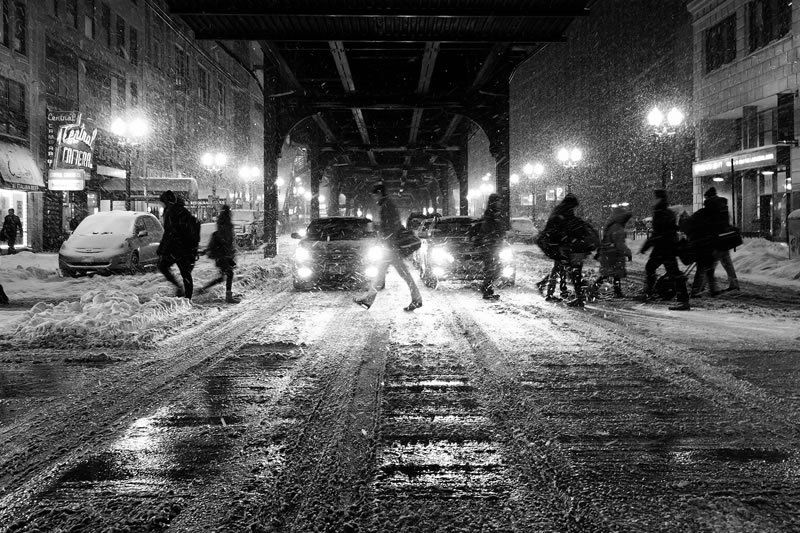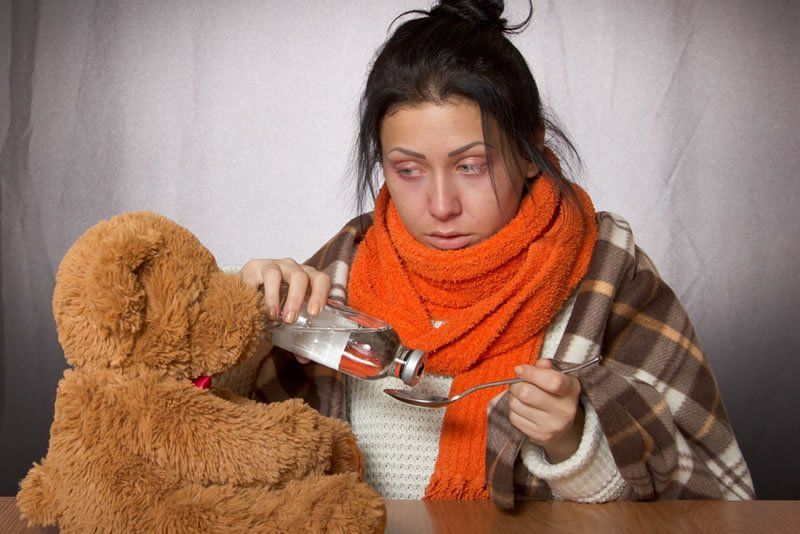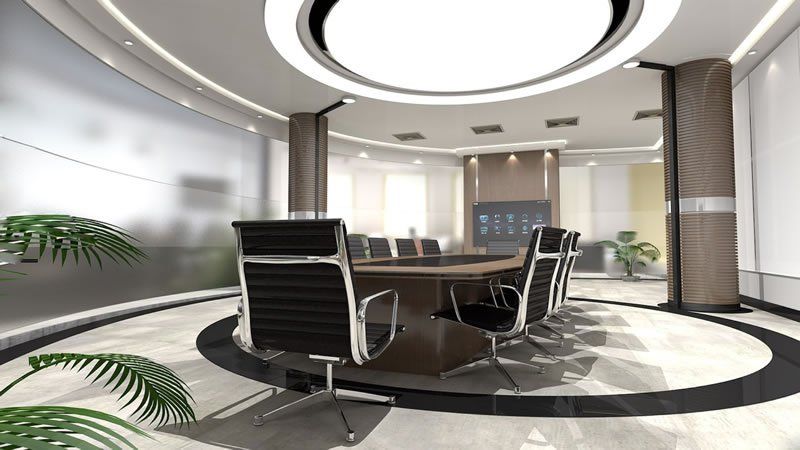Blog Post
8 Valuable Tips to Make Your Facility Winter Ready
- By Steve Martin
- •
- 12 Dec, 2016

You can never bet on the weather in Southern Ontario from October until April. It can run the gamut from dry and warm to cold and deep snow. Temperatures can fluctuate wildly and until winter sets in every morning can be a weather surprise.
With the unique weather patterns, or lack of weather patterns depending upon your perspective, facility managers in Southern Ontario need to prepare early to keep their facilities clean and healthy during the winter months.
Flooring, especially carpeting, takes a beating during the winter season. Salt, slush and dirt are tracked in hourly. This debris packs into carpet fibres and the finish on hard flooring can get scratched and dulled. Facility managers must have a strong plan for flooring care in place long before the onset of the worst of winter weather. Cleaning carpets and flooring when they look dirty is a bad precedent to set. Damage to colour and integrity of the carpet or hard floor has often occurred before its appearance has changed significantly. Carpets in particular hide particles deep within their fibres hiding also the damage. Carpet replacement costs can run your company as much as $558 per 100 square feet of flooring. Without proper maintenance, carpet may last only 3-5 years depending on a number of factors, including the type of carpet and traffic. However, proper carpet maintenance can add many years to the average carpet lifespan.
As a facility manager, you want your building to be safe and clean for your employees and customers. You also want a pristine facility that maintains your brand appeal. At the same time, you need to protect the company bottom line. A strong plan that maintains expensive assets like flooring and keeps customers and valued employees happy does just that.
Here are 8 tips for a strong plan to keep your facility clean and healthy over the dirty winter months.
With the unique weather patterns, or lack of weather patterns depending upon your perspective, facility managers in Southern Ontario need to prepare early to keep their facilities clean and healthy during the winter months.
Flooring, especially carpeting, takes a beating during the winter season. Salt, slush and dirt are tracked in hourly. This debris packs into carpet fibres and the finish on hard flooring can get scratched and dulled. Facility managers must have a strong plan for flooring care in place long before the onset of the worst of winter weather. Cleaning carpets and flooring when they look dirty is a bad precedent to set. Damage to colour and integrity of the carpet or hard floor has often occurred before its appearance has changed significantly. Carpets in particular hide particles deep within their fibres hiding also the damage. Carpet replacement costs can run your company as much as $558 per 100 square feet of flooring. Without proper maintenance, carpet may last only 3-5 years depending on a number of factors, including the type of carpet and traffic. However, proper carpet maintenance can add many years to the average carpet lifespan.
As a facility manager, you want your building to be safe and clean for your employees and customers. You also want a pristine facility that maintains your brand appeal. At the same time, you need to protect the company bottom line. A strong plan that maintains expensive assets like flooring and keeps customers and valued employees happy does just that.
Here are 8 tips for a strong plan to keep your facility clean and healthy over the dirty winter months.
- Carpet Preparation and Floor Traffic Patterns: Facility managers should study traffic patterns on flooring prior to the winter season. High traffic areas need more maintenance to keep clean and hygienic. If movement of furniture will alleviate traffic issues or make regular maintenance easier, now is the time to make those adjustments. Carpet dents can reduce the longevity of your investment and become very visible when furniture is moved. In order to get fibres back in place your carpet may require a breathing period of 3 to 4 days depending on the method used by your cleaning company to remove them so this would be a great time to schedule the removal of those dents.
- Stop the Outside Elements from Getting in: Regularly sweep, shovel, and use a snow blower to remove as much soil, sand, slush, snow, and ice as possible in outdoor areas such as sidewalks. Doing this greatly reduces the amount of dirt and moisture entering a building.
- Use the Rule of 15: Invest in high quality mats in all building entrances which can soak up to 80% of moisture from foot traffic. Install 5 feet of matting outside of each entrance. And directly inside of each entrance install 10 feet of matting as your final line of defence against the worst of winter dirt and moisture.
- Vacuum often: During the winter months have carpets and mats vacuumed several times a day. Remember, dirt lodged in carpet fibres and on hard flooring can do its damage quickly. Clean before it is seen is a good rule to follow.
- Replace matting: Eventually, vacuuming efforts will no longer be able to adequately remove soil and moisture tracked into the facility. Replace mats at least once per day under very adverse weather conditions to reduce or eliminate cleaning efforts in other areas of your facility.
- Deep Clean: Regularly deep clean mats and carpets. This process is especially important after a winter storm. Use low-moisture surface cleaning for damp carpets and a carpet extractor/sanitizer for very wet carpets. Carpet manufacturers vary on the frequency recommended for each type of deeper cleaning and their recommendations should be followed in order to maintain warranties and prevent the damaging of fibres.
- Hard Floor Maintenance: Hard flooring can be dulled, scratched and otherwise damaged by dirt and moisture. Any hard flooring benefits from the application of ‘wear-off’ coats year round. If this has not been part of your maintenance plan, having these protective coats applied before the winter months is a smart investment. These protective layers will experience more wear over the winter and in order to restore the pristine finish of your flooring, top scrubbing and re-coating may be necessary towards the end of the winter season.
- Protecting Stainless Steel and Glass: Steel and glass are surfaces hard to keep smudge free at any time of the year. Applying products that use nanotechnology
to create non-stick and/or moisture and dirt repellant surfaces are important ways to maintain pristine elevator doors and glass especially on main front doors.
Share
Tweet
Share
Mail
You might also be interested in
Keeping Greater Toronto Area facilities spotless since 1995.
Corporate Specialty Services Inc.
23 Gloucester Street, Toronto, Ontario M4Y 1L8
416-391-1020
© 2025
All Rights Reserved | Corporate Specialty Services Inc. | Website by Crimson Leaf Studios.


